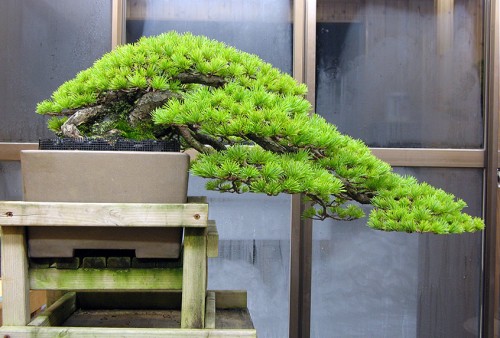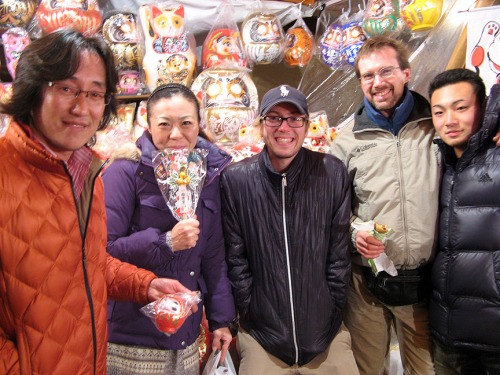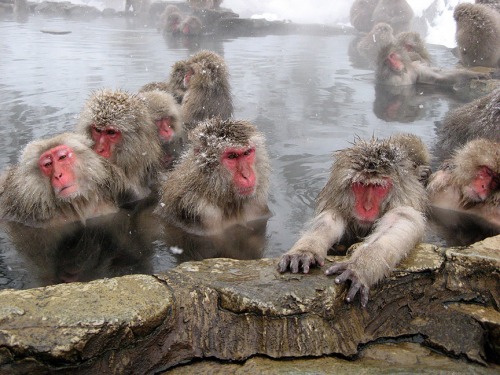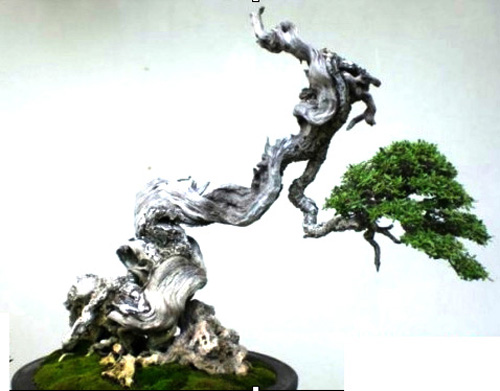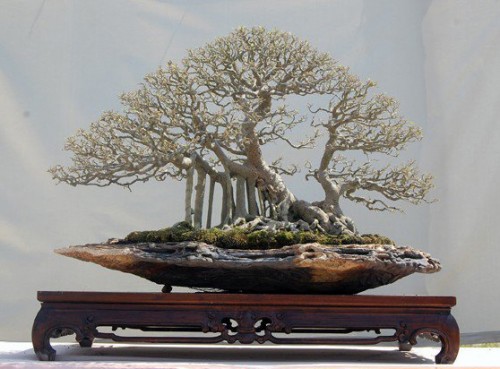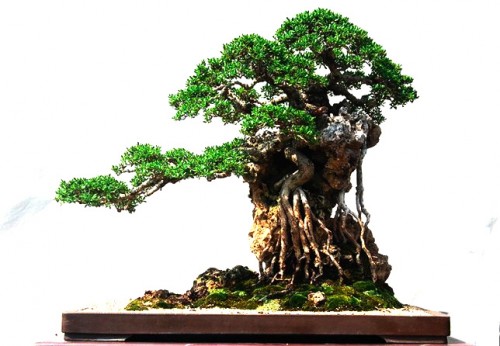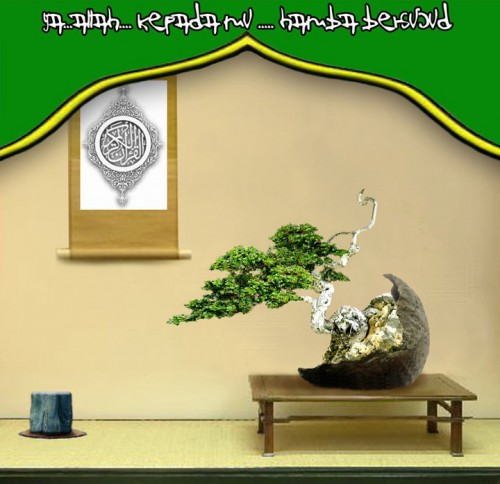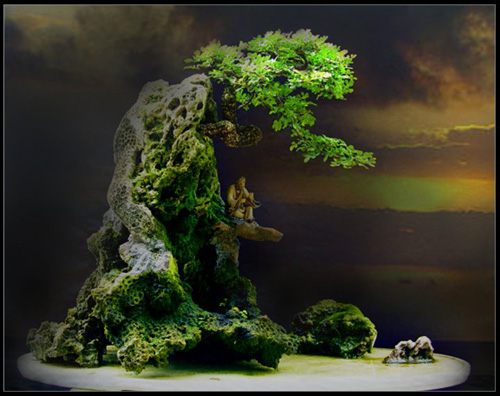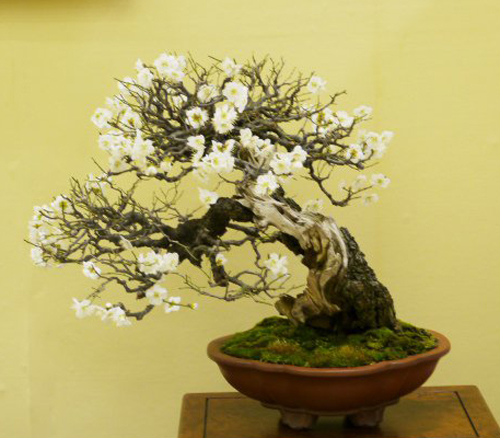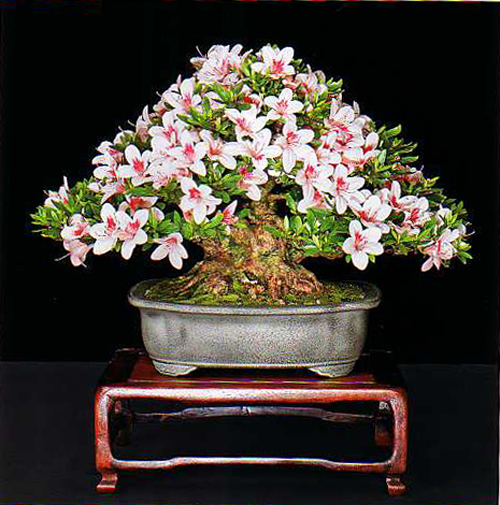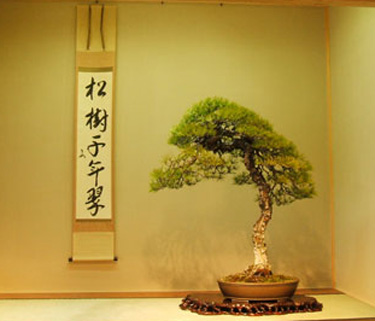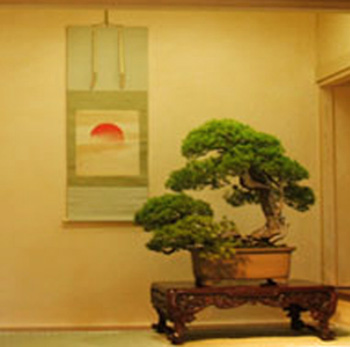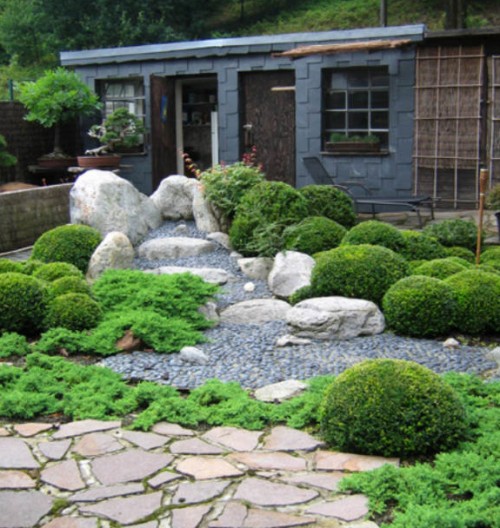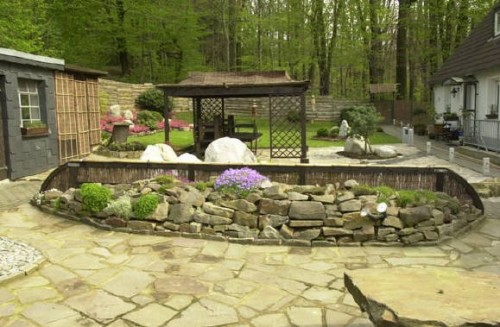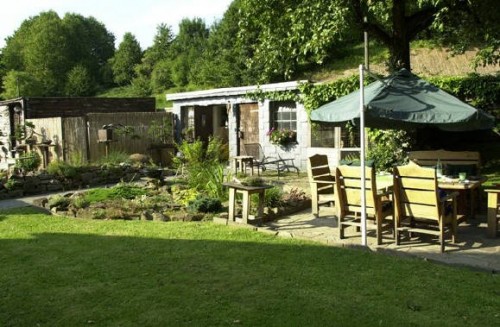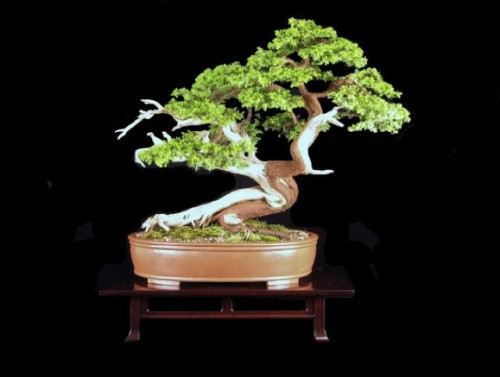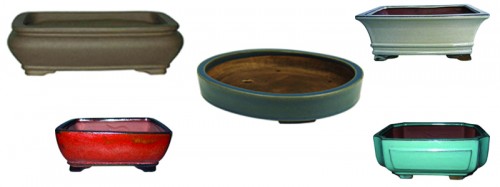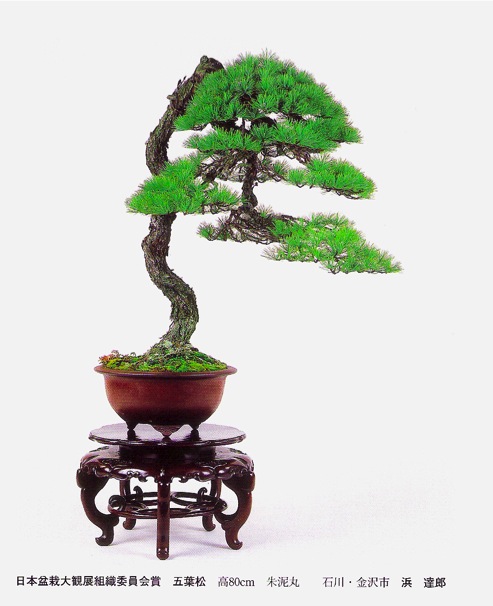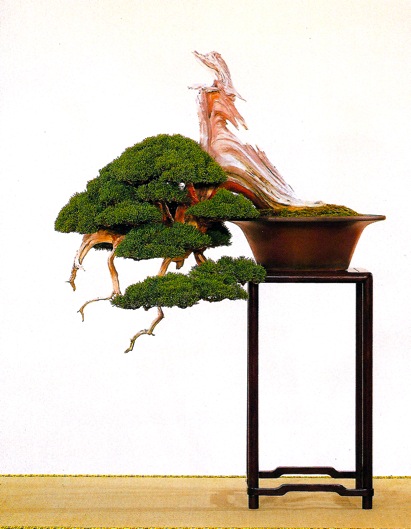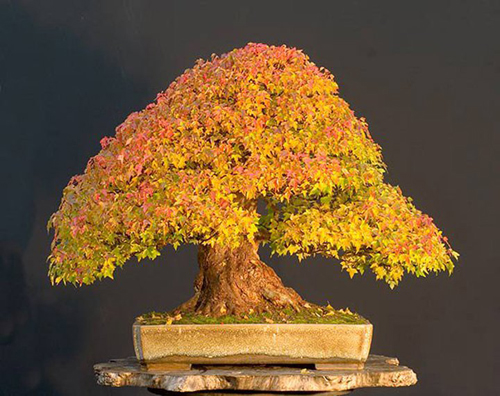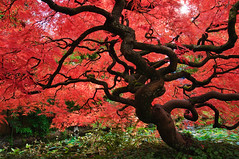
Bonsai trees need tender, loving care and may need extra effort from you to grow and thrive. But, they will reward you with their natural beauty.
The Maples are very vibrant and beautiful trees. They are very leafy and have a full appearance. In the fall, as the leaves are turning, they will turn to yellow and red, this makes a fantastic display.
This is why they are beautiful as Bonsai trees and they tend to thrive well if kept right. The ideal conditions they need combine partial sun and shade for healthy growth.
In the winter, pay particular attention to the roots as they may die if they get too cold. The do not need as much water in the winter, either.
Maples prefer moist soil, so make sure that they have an adequate amount of water daily. Also, make sure there is adequate drainage so that you do not over water it.
These trees do well as informal uprights because of their leafy nature. They may be trained as a cascade but be very careful as you can split the trunk if you do not handle the them delicately. Remember these trees are a long term project and so take your time if training or shaping them.
Some people prefer to wire the tree into a curve. However, this looks and is unnatural for the maple tree. It is recommended that you prune it and work towards a gentle curve. If you are determined to cascade it however, be careful because the tree could scar from any trauma.
Feed the tree approximately once a month. A fertilizer is needed to assist with the growing process, however, do not over do it.
These trees are hearty and must be pruned back fairly regularly. You can also trim the roots if you believe it is getting too large.
It is best to prune the branches in late Fall and Winter when most of the leaves have dropped off. You may want to use a paste to cover the wound once a branch has been cut off.
It may be difficult to determine at times, how much growth is necessary and what needs to be scaled back. The object is to have a miniature rendition of a real tree. Ideally, it should not look like an ordinary houseplant if this is the case it has over grown.
The tree needs to be re potted on a regular basis, typically, every one to two years. When repotting use a mixture of soil, sand and peat.
They can be a very challenging, yet rewarding to grow. Try to obtain as much information in advance so you know what to expect and will be on the alert if there are any problems. Most of all, have fun and enjoy the tree for years to come.
Read more!
